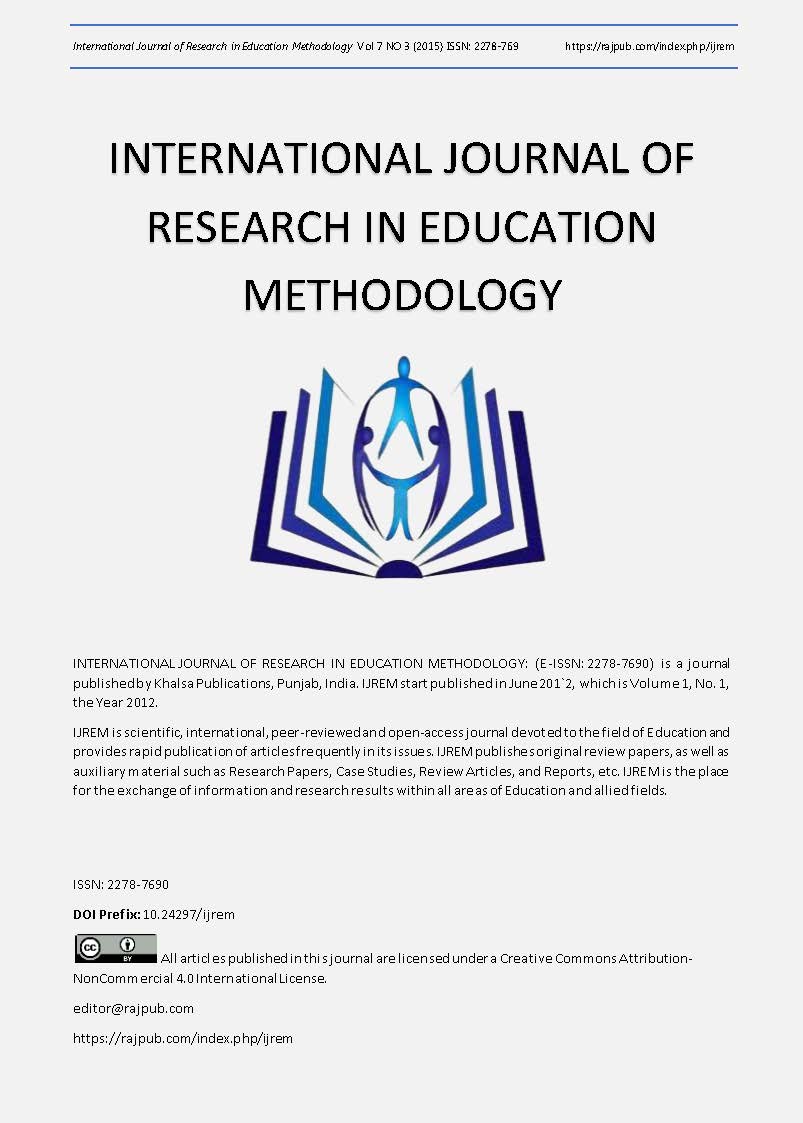INTEGRATING ANIMATION INTO TEACHING COMPUTER SIMULATION
DOI:
https://doi.org/10.24297/ijrem.v7i3.3827Abstract
Computer simulation is an experiment using a computer model to represent a unique system. Variables are defined and parameters to be study are monitored and recorded. Growing capabilities and decreasing costs of microcomputers are placing this powerful tool at the fingertips of scientists and engineers. In the past, the use of digital computers in simulation required a considerable amount of programming effort. This is no longer a true statement. Simulation provides the student with a greater breadth and depth of information on which decisions could be made. It is also considered one of the most valuable and flexible decision making tools available. Flexible simulation and animation models developed using a multitude of softwares available in the market today is considered a very powerful and effective approach in engineering education. Simulation and animation models could easily be used to solve complex and dynamic problems in both the classroom and real life. Computer simulation techniques and soft wares have been used for more than a decade to help engineers in development, trouble shooting, problem solving, and decision making process. The new paradigm in computer simulation is the use of animation and virtual reality to build engineering models and animation, simulate operations and performance. The fantastic progress in computer hardware and software industry has now opened a new and higher level of teaching computer simulation.
Downloads
Downloads
Published
How to Cite
Issue
Section
License
 All articles published in Journal of Advances in Linguistics are licensed under a Creative Commons Attribution 4.0 International License.
All articles published in Journal of Advances in Linguistics are licensed under a Creative Commons Attribution 4.0 International License.








